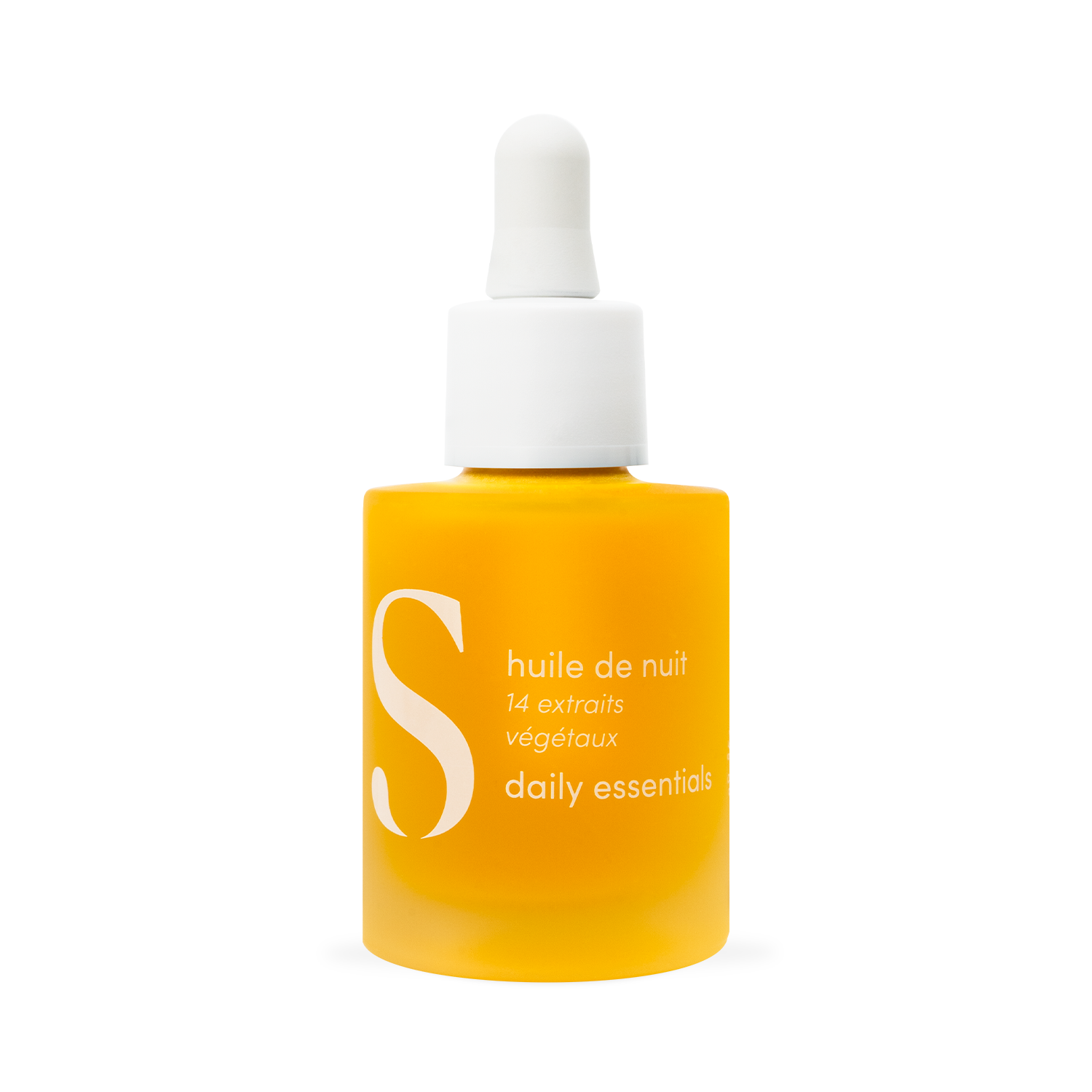5 Dermatologist Tips for Oily Skin
We have gathered the top 5 dermatologist recommendations for caring for skin with excess sebum. Follow the guide.
1. Strip your skin
Have you ever felt that tight, dry feeling after cleansing your face or using a skincare product? It may feel like you’ve removed all the surface oil, but in reality, you may have made the situation worse. Dr. Anjali Mahto explains: "There is no need to aggressively deprive the skin of its sebum; in fact, this can have the opposite effect of what you are trying to achieve by stimulating increased sebum production."
Do : She always recommends gently cleansing your skin with a cream cleanser or foaming facial cleanser. Avoid using cleansers that are too abrasive. And most importantly; if your skin feels tight and almost "squeaky," then your cleanser is not at all suited to your skin and is too abrasive.
2. Using unsuitable assets
We are often tempted to test lots of active ingredients to see what works best and we are especially tempted to overload our skin. For example, avoid using strong active ingredients too frequently and especially not using them too often in your routine; if you have a cleanser that contains AHAs, perhaps avoid using a serum that contains them and doing a mask on top of that! In this case, opt for restorative active ingredients.
Do : Dermatologists recommend usingniacinamide , which helps regulate sebum production and improve skin tone and texture. Using acids after cleansing can also be beneficial for oily skin, but it's crucial not to overdo it or overload your skin, as this can damage your skin's barrier and lead to acne and other issues.
3. Not adapting your skincare routine
Even if you didn't have oily skin when you were younger, that doesn't mean you can't have periods where your skin has excess sebum. If you notice shine and blemishes, for example, it's essential to change your routine. This often happens during hormonal changes, for example.
Do : First, make sure your products are non-comedogenic. Dr. Elena Martínez says that hydrating serums with hyaluronic acid can even replace cream. She also points out that glycolic acid creams are a good alternative for fading acne marks.
In the morning, Dr. Martínez recommends using a sebum-regulating serum and a light, water-based moisturizer. At night, she suggests applying an active ingredient designed to improve acne and/or sebum production, such as retinol, glycolic acid, salicylic acid, or azelaic acid.
4. Constantly touching your skin
When we talk about excess sebum, we often talk about blemishes. And we are all tempted to quickly make small pimples disappear as soon as they appear. However, contrary to popular belief, letting them take their natural course is the best way to make them disappear quickly. Dr. Marie-Pascale Baerh Galland explains that touching your face and handling these small imperfections increases the risk of infection, because our fingers are often full of bacteria and dirt. Causing small injuries on an already fragile area only makes the situation worse. Fortunately, there are good specialized products to treat blemishes and help us calm our obsessions.
To do: if blemishes appear, use suitable active ingredients to treat them such as AHAs, zinc, niacinamide, polyphenols, etc. And if you have touched a pimple, opt for hydrocolloid patches which will form a protective and repairing film on the skin. This will prevent the appearance of spots later. And don't forget your SPF the next day to avoid "setting" the spot!
5. Not moisturizing your skin
The fear of having excess sebum causes many people to avoid using moisturizer and especially oil. This is a mistake, because it can lead to dehydration of the skin, which will cause the skin to produce more sebum and so on.
To do: Use products that provide the skin with the hydration it needs while helping to retain the water it produces itself. Hyaluronic acid is a key active ingredient in this area. And don't be afraid to use oils; they will be very beneficial for sebum-regulating your skin. Just pay attention to the comedogenicity index but other than that, add a few drops to your cream and you'll see!




















